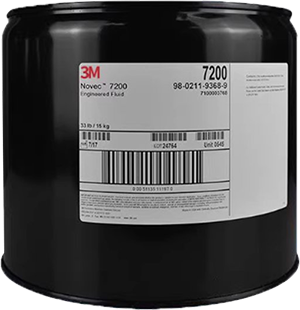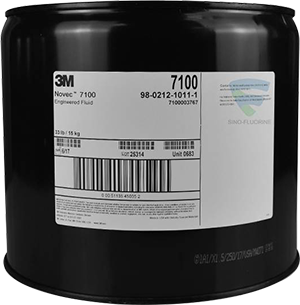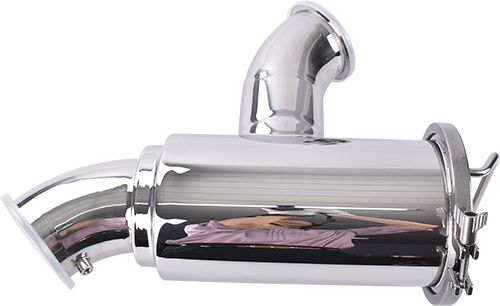Immersion cooling technology in data centers involves submerging servers and other equipment in non-conductive coolants to dissipate heat directly through liquid heat exchange.
The choice of coolant is critical, with the main types being single-phase liquids and phase-change liquids. Here’s a detailed breakdown:
1. Single-Phase Coolants
Characteristics: Remain in liquid state without boiling, relying on convection and conduction for heat transfer.
Common Types & Advantages:
① Mineral Oil (e.g., 3M Novec, Engineered Fluids' Bolt) 
- Advantages: Low cost, chemically inert, compatible with most materials (rubber, plastics).
- Disadvantages: Higher viscosity may reduce flow efficiency, often requiring pumps.
② Synthetic Hydrocarbon Oil (e.g., Shell Immersion Cooling Fluid)
- Advantages: Excellent thermal stability, resistant to degradation, suitable for high-temperature environments.
③Silicone Oil
- Advantages: Low toxicity, high dielectric strength, ideal for high-voltage applications.
Shared Benefits of Single-Phase Coolants:
- Simple system design (no phase change to manage).
- Low maintenance, no evaporative losses.
2. Phase-Change Coolants
Characteristics: Absorb heat through boiling (phase change), with vapor condensed and recycled.
Common Types & Advantages:
- Fluorinated Liquids (e.g., 3M Novec 7100/7500, Fluorinert FC-72) 
- Advantages:
- Ultra-low viscosity for superior flow and heat transfer.
- Low boiling point (50°C–60°C), high latent heat for extreme cooling efficiency.
- Non-flammable, non-toxic, and chemically inert, ideal for high-density setups.
- Disadvantages: High cost, requires sealed systems to prevent evaporation, may need condensers.
Shared Benefits of Phase-Change Coolants:
- Far higher heat dissipation than single-phase (5–10x via latent heat).
- Best for extreme power densities (e.g., GPU clusters, AI servers).
3. Emerging Coolant Technologies
- Hydrocarbon/Hydrofluoroether Blends: Balance cost and performance while reducing environmental impact (e.g., high GWP concerns).
- Ionic Liquids: Non-flammable and thermally stable, but expensive and experimental.


Selection Criteria
Factor | Single-Phase | Phase-Change |
Cooling Efficiency | Moderate | Extremely High |
System Complexity | Simple(no sealing) | Complex(condensers) |
Cost | Low to Moderate | High |
Ideal Use Case | Medium power density | Ultra-high power density |
Eco-Friendliness | Often biodegradable | Some fluorinated fluids have high GWP |
Trends & Challenges
- Environmental Regulations: The EU and U.S. are restricting high-GWP fluorinated fluids, driving demand for alternatives (e.g., 3M Novec 649).
- Cost Optimization: Single-phase dominates edge data centers; phase-change suits HPC/AI clusters.
- Material Compatibility: Long-term effects on server components (e.g., seals, cables) require validation.
The final choice depends on cooling needs, budget, operational complexity, and environmental compliance.
Copyright © Hebei Huanzheng Filter Equipment Co., Ltd. All Rights Reserved